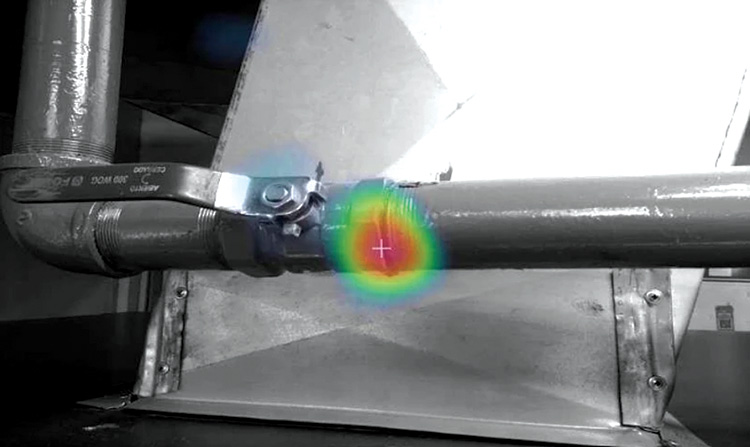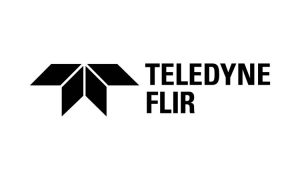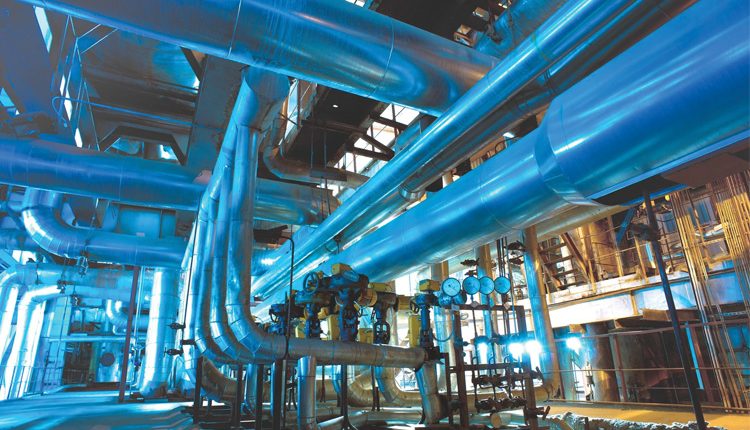How Quickly Is It Possible To Achieve ROI On Acoustic Camera Acquisition In Manufacturing?
A common phenomenon in manufacturing facilities, compressed air, and gas leaks are known to cause substantial financial losses and reduce operational efficiency. Acoustic imaging is the ideal method for efficient air leak detection in many types of industrial environments, as it instantly reveals hidden leaks and delivers real-time estimates of their costs, leading to a speedy return on investment.
Companies unfamiliar with the power of acoustic imaging as a predictive maintenance method may have concerns about an acoustic camera’s ability to accurately detect and diagnose issues due to the sheer scale of their manufacturing facilities or the unique characteristics of their production processes. Or, at the very least, think twice about buying such a specialized piece of equipment in fear that the benefits of using it will not be able to match the money spent on its acquisition. This article introduces the results of inspections carried out at two different industrial environments, where an acoustic camera proved highly beneficial in delivering improved energy efficiency and reduced costs related to early detection of expensive specialty gasses, leading to the return on investment (ROI) achieved within a short period of time.

Reaping the benefits of pinpoint accuracy in a large facility
Many industrial facilities are vast, covering an area of thousands of square meters and containing large amounts of heavy machinery. This often makes conducting predictive maintenance inspections inaccurate and inefficient, both problems that the acoustic camera is exceptionally well equipped to tackle. One manufacturing company was interested in utilizing acoustic imaging but worried that the large, 6,500 m2 size of their facility would make accurate air leak detection challenging and purchasing the camera unprofitable. During the inspection visit, the acoustic camera was immediately able to identify 155 leaks in the compressed air system, estimated to be causing losses amounting to approximately 11,000 USD. The leaks occurred within just a 6-hour inspection period, which is equivalent to identifying a leak every 2.5 minutes. Given the results, the ROI on the acoustic camera acquisition was estimated to be achieved within 2 service rounds in approximately 4 to 6 months, making the acquisition of the acoustic camera worthwhile.

Major savings through specialty gas leak detection in only 10 minutes
An acoustic camera was also used at an automotive plant in a quest to locate not only compressed air leaks common in the industry but also specialty gasses, such as Argon and CO2. Specialty gas leaks tend to be especially costly, as their market price is determined by demand and amplified due to being purchased from a supplier. In an area where the specialty gasses were stored and mixed, a total of 5 leaks were instantly detected by the camera, and their exact locations were displayed on the screen. Snapshots were then taken and uploaded on-site to the accompanying cloud software, where the costs were estimated in real-time. The inspection took only 10 minutes, but the annual savings calculated for just the 5 specialty gas leaks amounted to approximately 12,500 USD. Considering the size of the facility, the improved energy efficiency achieved through detecting and fixing air leaks, and the savings provided by the early detection of the specialty gas leaks, the ROI on the acoustic camera acquisition was estimated to be achieved within just 2 months.
Interested in learning more?

For more information
www.teledyneflir.in



